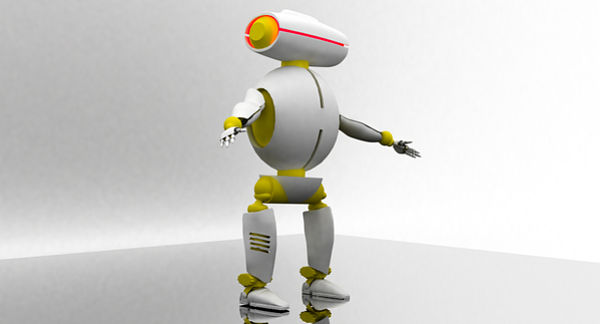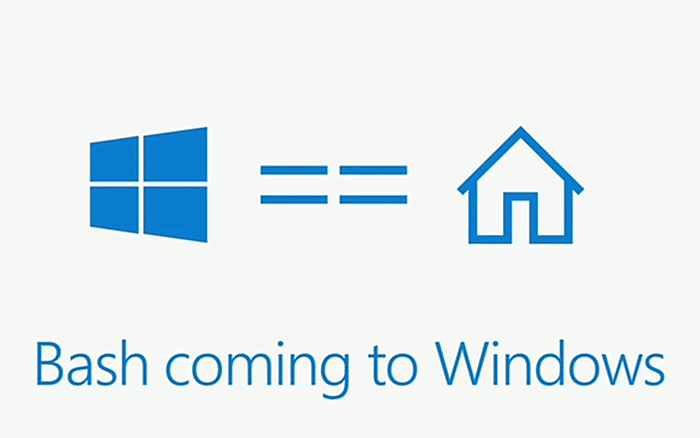In many industries such as video game graphics, special effects, product design and, of course, robot design some type of 3D modeling software is used to a large extent. These software export files that can be imported into other applications to be used in simulations and animations. On the market there are several 3D modeling platforms, some of them can be used for free, while others require paying a license. Their use in the field of intelligent machines has lead to the development of an industry of robotic concepts used for inspiration or for developing next generation functional robot concepts.

3D modeling advantages in robotics
The first benefit brought by 3D modeling is allowing an in detail observation in all stages of the model to be created, in other words it is a way to give life to the robot before physically building it. Numerical 3D modeling also increases the speed of simulation, productivity and can develop new concepts and techniques for building robots. The study of 3D model can lead to optimization and simplification of the concept, idea represented through words. Animation can integrate scientific data aimed to create a virtual model as realistic as possible of the physical robot and various effects can be applied to a virtual model, like reflections, transparencies and shadows, useful for highlighting various model features.
In another article we have presented some of the most popular and powerful simulation tools used especially in robotics and autonomous applications. These tools can import various files to add value and details to simulation. Many simulation software developers have created plugins to read or write in the native file format of other applications.
File format compatible with simulation tools
Some of simulation tools offer native support for a variety of file formats that can be imported, while other tools allow the installation of plugins to import files created in different modeling tools, in any case major software platforms support standard CAD model files, in one way or another. The most common files used to import into simulation platforms have an .obj extension. These files contain metadata such as information to resolve symbolic cross-references between different modules, relocation information, stack unwinding information, comments, program symbols, debugging or profiling information. In many cases however it can be useful to use programs to convert a file type in another.
3D modeling software
In the following I’ve put together a list of very popular 3D modeling software that can be used in various areas of robotics development.
01. K-3D
K-3D is a free open source modeling platform compatible with Windows and Mac. This modeling tool offers a virtually infinite number of models that can be created using objects, meshes, faces, edges, patches, curves, point groups, point, polygon, NURBS, subdivision, blobby and many other shapes represented in three dimensions like cone, circle, cushion, cylinder, disk, grid, paraboloid, polyhedron, sphere or torus. To improve compatibility with other simulation platforms plugins can be installed to export files in various formats.
02. Blender
With a complete and well structured documentation, Blender is another powerful open source 3D and 2D modeling tool, continuously improved since 1994 when it was launched. When it is used for the first time the interface can pose certain difficulties, being optimized for creating graphics in 3D format. Blender provides a broad range of essential tools for the creation of 3D content. It can be downloaded for free and is compatible with Windows, Mac and most Linux distributions.
03. Wings 3D
Wings 3D is a free 3D modeling tool available in various versions since 2011 when it was launched. It doesn’t have support for animations, but can export files in a wide range of formats. Wings 3D offers a wide range of modeling tools, a customizable interface, support for lights and materials, and a built-in AutoUV mapping facility. It is also compatible with most platforms, provided an OpenGL driver is available.
04. Maya
Maya is geared towards high quality visuals and represents a powerful platform for rendering, animation and simulation purposes. It is also part of Autodesk’s 3D printing solution letting users create high quality 3D models.
05. Inventor
Autodesk’s Inventor can shape your ideas, by capturing digital forms in the easiest way possible and at the highest standards. It is a CAD tool designed to be used mainly in engineering areas or in 3D mechanical engineering projects simulation. This is not free, however a variety of licensing plans and versions are available to suit all needs.
06. BobCAD-CAM
BobCAD-CAM is used for CAD design, has a user friendly interface which contains everything required for designing manufacturing tools for various processes, part models, CNC programming and more. Design features include 2D or 3D wireframes, surface construction, solid modeling, solids Boolean operations and surface editing, CAD utilities, translation, mirroring, stitching and unstitching, gear, CAMs and sprocket design wizards, bolt, hole and grid patterns, text or font features and complete part dimensioning, geometry cleanup and optimize, erase double entities, CAD data translation and interoperability.
07. Geomagic Design
Geomagic Design formerly known as Alibre, is a powerful platform finding its place in many industrial and research environments. Any geometric shape can be graphically represented in numerical 3D form, any part of a robot can be created and studied from all angles. Quickly make parts, tools, fixtures, molds and any other surrounding manufacturing designs. Free trials are available for identifying exactly what you need.
08. TurboCAD
TurboCAD Pro for 2D/3D includes everything to start drafting, detailing, modeling or rendering, while offering extensive file sharing features. Plus get advanced tools for greater control and flexibility with architectural and mechanical design. It is available for Windows and Mac with subscription-based or standalone licensing options available.
09. AutoCAD
Autodesk AutoCAD has been around since 1982 and represents and industry standard in 2D and 3D design, being one of the most popular tools used in engineering for modeling and simulation. Is compatible with Windows and Mac OS. It has a user friendly interface and can be used together with other tools to create complex numerical models.
10. Solidworks
Solidworks has been created by Dassault Systemes and is a flexible modeling tool used to create and simulate robots, mechanisms or electrical circuitry in 3D and 2D format. Increase productivity with intuitive 3D design, built-in intelligence accelerated design process and improved collaboration for new ideas. It is available for most platforms and even certain mobile devices.
11. SketchUp
Initially released by Google in back in the year 2000, SketchUp is now developed by Trimble Navigation, and comes to support designers from almost all fields of the industry — from architecture, construction or urban planning to 3D printing, game design, art and more. is available for Windows and Mac and can be used with a standalone license.
12. Anim8or
Anim8or is a free 3D modeling tool created by Steven Glanville. Is very basic and offers a small range of features. Unfortunately it is no longer maintained, the last version being released in 2014.







